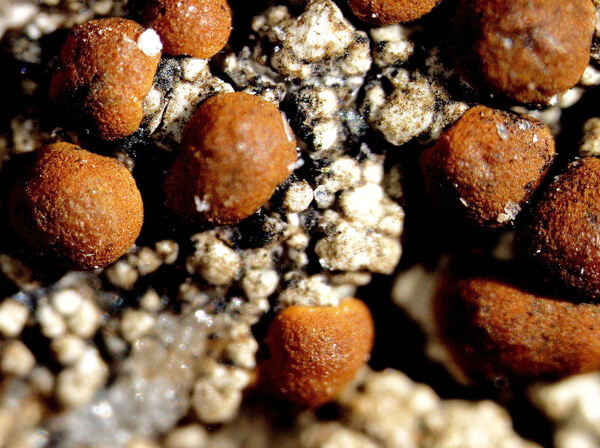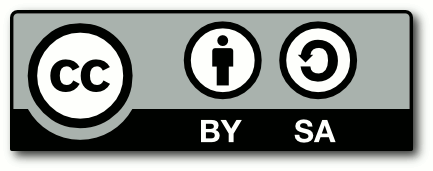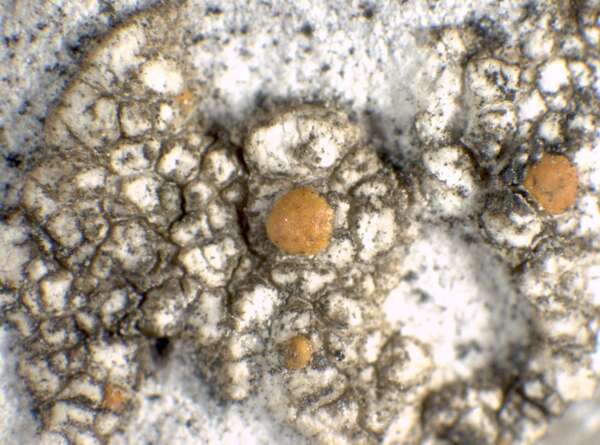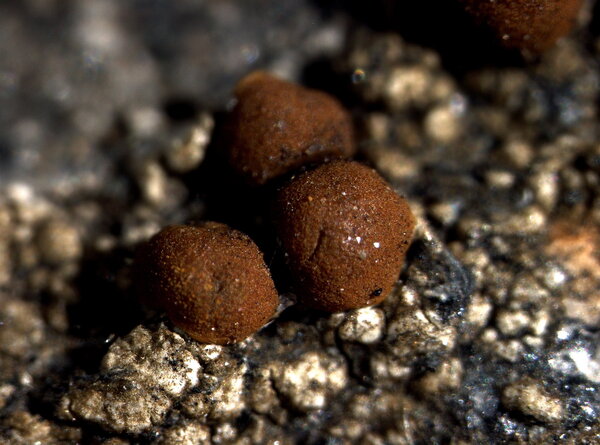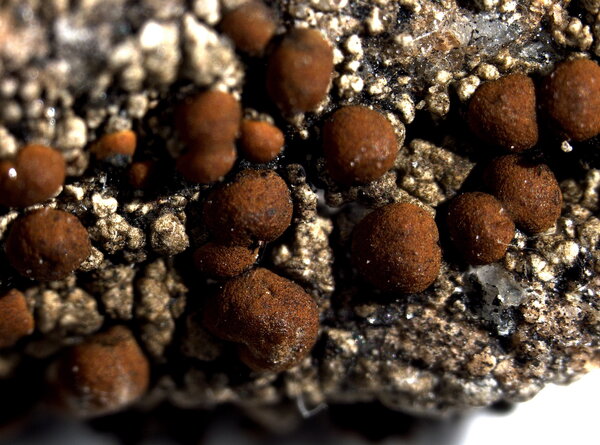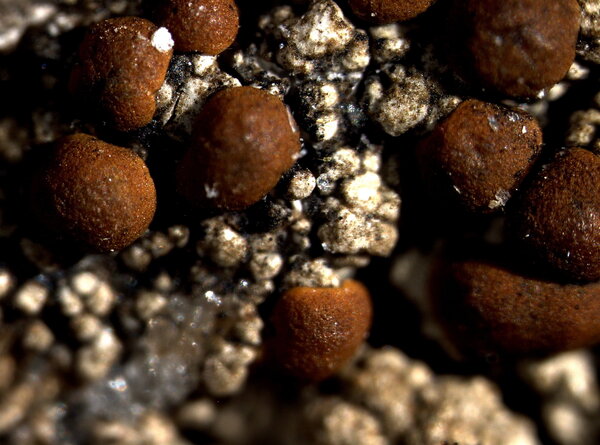Protoblastenia siebenhaariana (Körb.) J. Steiner var. siebenhaariana
Verh. K.K. zool.-bot. Ges. Wien, 61: 48, 1911. Basionym: Biatora siebenhaariana Körb. - Syst. Lich. Germ.: 207, 1855.
Synonyms: Blastenia siebenhaariana (Körb.) Lettau; Protoblastenia rupestris subsp. siebenhaariana (Körb.) A.L. Sm.
Distribution: N - Frl, Ven (Nimis 1994, Nascimbene & Marini 2007, Nascimbene 2008c), TAA (Nascimbene & al. 2022), Lomb, Piem (TSB 34497), VA (Piervittori & Isocrono 1999), Emil (Tretiach & al. 2008, Fariselli & al. 2020), Lig. C - Tosc, Marc (Nimis & Tretiach 1999). S - Camp.
Description: Thallus crustose, episubstratic, rather thick, smooth to uneven, rimose to areolate, whitish to pale brown, the areoles smooth, contiguous, not imbricate, flat to weakly convex, up to 0.5 mm wide, forming a compact crust. Apothecia biatorine, not constricted at base, (0.4-)0.7-1.5(-2) mm across, with an ochraceous orange to finally brown to dark brown, convex, smooth disc and a very thin, soon excluded proper margin. Proper exciple poorly developed, of branched hyphae, colourless to orange-brown, patchily pigmented; epithecium orange-brown to brown, 10-20 µm high, with granular crystals reacting K+ purple-red, N-; hymenium colourless to pale orange, 50-135 µm high; paraphyses coherent, sparingly branched and anastomosing, 2.5-4 µm thick, the apical cells hardly swollen, up to 5 µm wide; hypothecium brown or dark reddish brown, patchily pigmented. Asci 8-spored, clavate, with a well-developed, amyloid tholus containing a more intensely amyloid, indistinct tube structure, without an ocular chamber, approximating the Porpidia- or Psora-types. Ascospores 1-celled, hyaline, ellipsoid to ovoid, thin-walled, (6-)7-11(-14) x (3-)4-6(-7) µm, without a distinct perispore. Photobiont chlorococcoid. Spot tests: thallus K-, C-, KC-, P-; apothecia K+ purple-red. Chemistry: apothecia with anthraquinones, mainly parietin. Note: a mainly arctic-alpine, probably circumpolar lichen found on base-rich or calciferous siliceous rocks and on dolomite in upland areas; not frequent in Italy, but locally common.
Growth form: Crustose
Substrata: rocks
Photobiont: green algae other than Trentepohlia
Reproductive strategy: mainly sexual
Commonnes-rarity: (info)
Alpine belt: rather rare
Subalpine belt: rare
Oromediterranean belt: extremely rare
Montane belt: extremely rare
Submediterranean belt: absent
Padanian area: absent
Humid submediterranean belt: absent
Humid mediterranean belt: absent
Dry mediterranean belt: absent
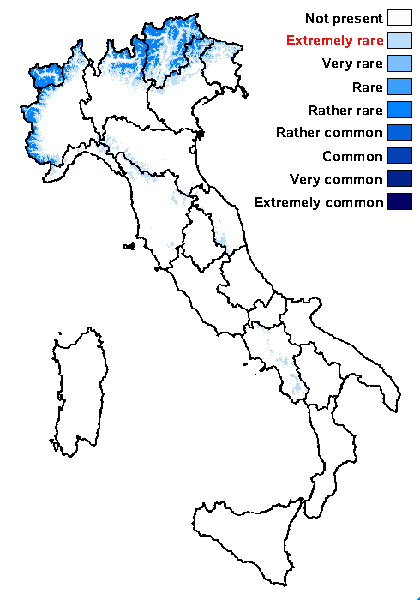
Predictive model
Herbarium samples
Growth form: Crustose
Substrata: rocks
Photobiont: green algae other than Trentepohlia
Reproductive strategy: mainly sexual
Commonnes-rarity: (info)
Alpine belt: rather rare
Subalpine belt: rare
Oromediterranean belt: extremely rare
Montane belt: extremely rare
Submediterranean belt: absent
Padanian area: absent
Humid submediterranean belt: absent
Humid mediterranean belt: absent
Dry mediterranean belt: absent

Predictive model
| Herbarium samples |
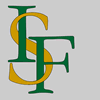 INDEX FUNGORUM
INDEX FUNGORUM
 GBIF
GBIF
 DOLICHENS
DOLICHENS
